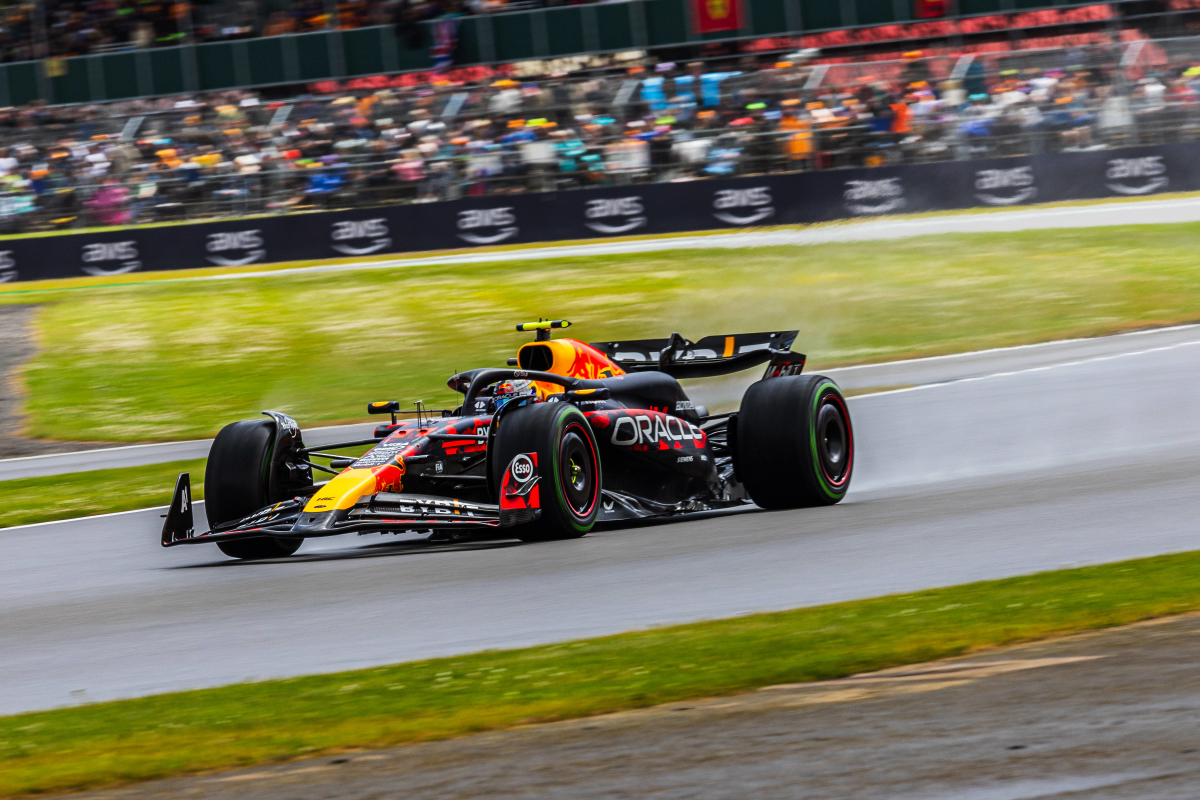F1 entered its 13th season with Pirelli as the sole tyre supplier, but there were some key changes for the 2024 season.
The C0 compound was trialled at times throughout the 2023 season but was never fully used by a team during a grand prix weekend, and Pirelli, therefore, decided to axe that idea.
This means that F1 has reverted to just the five tyre compounds on offer during race weekends in the mammoth, record-breaking 24-race season.
READ MORE: F1 2025 Driver Lineup: Big names on the move as half the grid reshuffles for next season
So, what are the F1 tyre compounds, rules, and changes in 2024? Let's find out.
F1 tyre colours
The Italian manufacturer has been the tyre supplier for F1 since 2011 and has done a lot to aid the viewing experience of the public during that timeframe.
As well as providing strategy predictions based on information gathered across the early stages of each weekend, Pirelli also introduced different colours to the sidewalls of its tyres, to help fans understand more clearly what was going on.
This system has gone through a number of changes over the years, but the current system of white walls for the hardest compound on a given weekend, yellow for the medium, and red for the soft, is the best yet.
READ MORE: F1 2026 Regulations Explained: All you need to know
F1 tyre changes for 2024
Pirelli has developed five types of tyres for Formula 1 in 2024, cutting back from the six in 2023. This varies from the softest tyre [C5] to the hardest rubber [C1].
Teams will continue to have 13 sets of tyres available to them each weekend, being able to pick from between 8 softs, 3 mediums, and 2 hards across a grand prix weekend.
The compounds
Although there are five compounds of slick tyres in the range, as mentioned above, only three are available per weekend.
This means that while the C3 tyre could be nominated as the hard tyre one weekend and carry the white wall markings, it could become the soft or medium just one race later, depending on the allocation decided by Pirelli.
Although slight changes in post-season and pre-season testing, for the season itself, the standard red, yellow, and white are back in operation.
On any given weekend, the way teams use each compound differs considerably.
The red tyre is the softest compound that Pirelli carries. The tyre is the fastest over one lap but also has the highest level of wear.
The medium tyres can be recognised by the yellow stripes. This is often viewed as the strongest tyre for a race due to its often-long lifespan and considerable pace advantage over the hard equivalent.
The white-walled hard tyres generally last longer than the other compounds.
Lacking the pace of the soft option, this compound puts a driver at a disadvantage over a single lap or a short stint but can yield benefits across a longer period.
The sport also needs tyres, which can be used when it is raining. The green-walled tyre, the intermediate tyre, has grooves in the rubber.
This allows drivers to drive on a wet track, with the grooves draining the water. But if the track is too wet, the intermediate will also lose its grip.
That's when the full wet tyre comes into play. This blue-walled tyre has far deeper treads and is designed to withstand the toughest and wettest conditions.
In recent years, however, when the conditions have required the wet tyre, the race has often been red-flagged due to the extreme lack of grip and visibility.
READ MORE: F1 Explained: A beginner's guide to all the key terms and definitions
The rules for this season
During the race, a driver is required to use two different types of tyres. This rule is pushed aside if rain intervenes and wet or intermediate tyres are required.
After each free practice, the teams have to hand in two sets of tyres, leaving only seven for qualifying and the race.
Of those two sets, one will be returned for Q3. The advantage for the slower teams is that they have an extra set of rubber left over for the race. Each driver also has four sets of intermediates and three sets of rain tyres.
Tyre blankets
For a driver, keeping the tyres at the right temperature is one of the most important tasks during racing. If the right temperature is not reached, the car will lack grip, and this can result in a potentially race-ending crash.
To help the drivers get started, the tyres are placed in the heat blankets before a session.
However, as the sport wants to phase out blankets, the temperature has been lowered from 100 degrees Celsius to 70.
The intention was to get rid of tyre blankets completely ahead of the 2025 season, but that has been pushed back once again due to driver and team concerns about safety.
READ MORE: F1 Explained: What is downforce and why is it important?
Related






































 Grand Prix of Australia 2025
Grand Prix of Australia 2025  Grand Prix of China 2025
Grand Prix of China 2025  Grand Prix of Japan 2025
Grand Prix of Japan 2025  Grand Prix of Bahrain 2025
Grand Prix of Bahrain 2025  Saudi Arabian Grand Prix 2025
Saudi Arabian Grand Prix 2025  Grand Prix De Monaco 2025
Grand Prix De Monaco 2025  Gran Premio de España 2025
Gran Premio de España 2025  Grand Prix du Canada 2025
Grand Prix du Canada 2025  Grand Prix of Austria 2025
Grand Prix of Austria 2025  Grand Prix of Belgium 2025
Grand Prix of Belgium 2025  Grand Prix of Hungary 2025
Grand Prix of Hungary 2025  Grand Prix of Azerbaijan 2025
Grand Prix of Azerbaijan 2025  Grand Prix of Singapore 2025
Grand Prix of Singapore 2025  Gran Premio de la Ciudad de Mexico 2025
Gran Premio de la Ciudad de Mexico 2025  Grande Prêmio de São Paulo 2025
Grande Prêmio de São Paulo 2025  Qatar Grand Prix 2025
Qatar Grand Prix 2025  Grand Prix of Abu Dhabi 2025
Grand Prix of Abu Dhabi 2025 